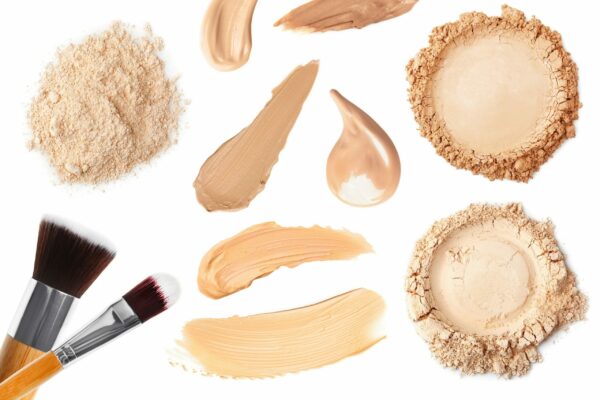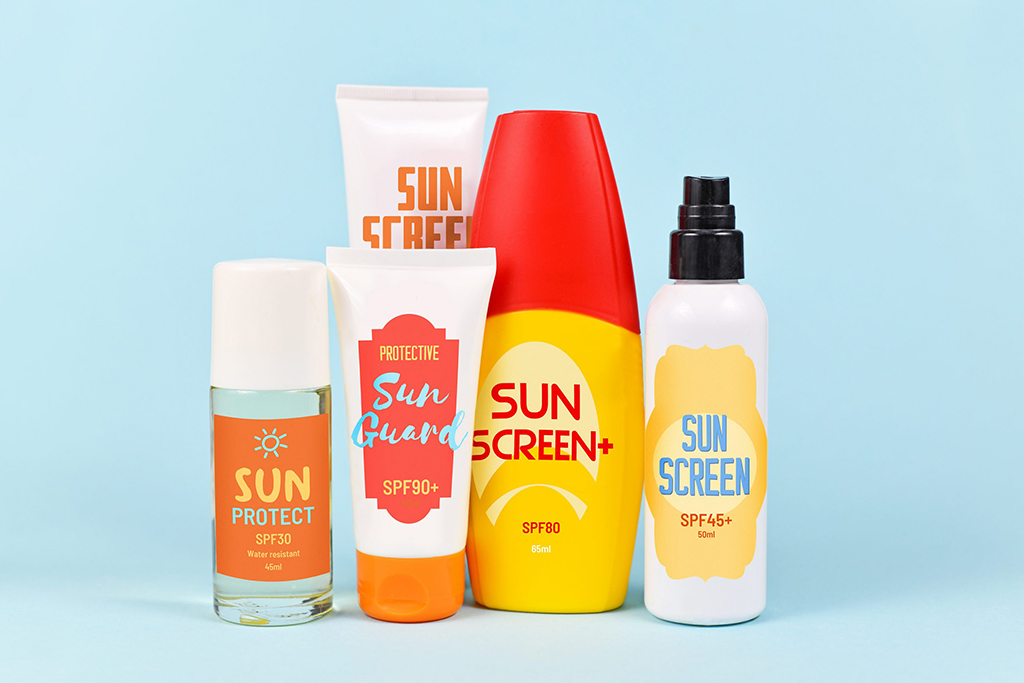Key Points/Overview
Titanium dioxide is produced in two main forms. The primary form, comprising over 98 percent of total production, is pigment grade titanium dioxide. The pigmentary form makes use of titanium dioxide’s excellent light-scattering properties in applications that require white opacity and brightness.
The other form in which titanium dioxide is produced is as an ultrafine (nanomaterial) product. This form is selected when different properties, such as transparency and maximum ultraviolet light absorption, are needed, such as in cosmetic sunscreens.
The FDA has issued guidance clarifying the safe use of titanium dioxide pigment as a food colorant and has stated that titanium dioxide may be safely used in cosmetics, including those intended for use around the eye. FDA also regulates the safety and effectiveness of sunscreen active ingredients, including nanoscale titanium dioxide.
Uses & Benefits
Pure titanium dioxide is a fine, white powder that provides a bright, white pigment. Titanium dioxide has been used for a century in a range of industrial and consumer products, including paints, coatings, adhesives, paper, plastics and rubber, printing inks, coated fabrics and textiles, as well as ceramics, floor coverings, roofing materials, cosmetics, toothpaste, soap, water treatment agents, pharmaceuticals, food colorants, automotive products, sunscreen and catalysts.
Titanium dioxide is produced in two main forms. The primary form, comprising over 98 percent of total production, is pigment grade titanium dioxide. The pigmentary form makes use of titanium dioxide’s excellent light-scattering properties in applications that require white opacity and brightness. The other form in which titanium dioxide is produced is as an ultrafine (nanomaterial) product. This form is selected when different properties, such as transparency and maximum ultraviolet light absorption, are required, such as in cosmetic sunscreens.

Pigment-grade Titanium Dioxide
Pigment-grade titanium dioxide is used in a range of applications that require high opacity and brightness. In fact, most surfaces and items that are white and pastel, and even dark shades of color, contain titanium dioxide. Pigment-grate titanium dioxide is used in a range of applications, including:
- Paints and Coatings: Titanium dioxide provides opacity and durability, while helping to ensure the longevity of the paint and protection of the painted surface.
- Plastics, Adhesives and Rubber: Titanium dioxide can help minimize the brittleness, fading and cracking that can occur in plastics and other materials as a result of light exposure.
- Cosmetics: Pigment-grade titanium dioxide is use in some cosmetics to aid in hiding blemishes and brightening the skin. Titanium dioxide allows for the use of thinner coatings of make-up material for the same desired effect.
- Paper: Titanium dioxide is used to coat paper, making it whiter, brighter and more opaque.
- Food Contact Materials and Ingredients: The opacity to visible and ultraviolet light offered by titanium dioxide protects food, beverages, supplements and pharmaceuticals from premature degradation, enhancing the longevity of the product. Specific classes of high purity pigment-grade titanium dioxide are also used in drug tablets, capsule coatings and as a decorative aid in some foods.

Ultrafine-grade, or Nanoscale Titanium Dioxide
Ultrafine-grades of titanium dioxide are most commonly used in the following specialty applications:
- Sunscreen: Nanoscale titanium dioxide becomes transparent to visible light while serving as an efficient UV light absorber. Because the particle size is so small, nano-titanium dioxide does not reflect visible light, but does absorb UV light, enabling a transparent barrier that protects the skin from the sun’s harmful rays. According to the Skin Cancer Foundation, using sunscreens containing titanium dioxide can help prevent the occurrence of skin cancer.
- Catalysts: Nanoscale titanium dioxide is used as a support material for catalyst applications. Major uses include in the automotive industry to remove harmful exhaust gas emissions and in power stations to remove nitrous oxides.
Questions about sunscreen safety? Use this guide on chemical ingredients used in sunscreen.

Safety Information
The U.S. Food and Drug Administration (FDA) has assessed the safety of titanium dioxide pigment as a color additive in food, drug and cosmetic applications. FDA allows for the safe use of titanium dioxide as a color additive in foods, and has stated that titanium dioxide may be safely used in cosmetics, including cosmetics intended for use around the eye. FDA also regulates the safety and effectiveness of sunscreen active ingredients, including nanoscale titanium dioxide. A recent state of the science report from Health Canada has also affirmed the safety of titanium dioxide in food.
Get answers to frequently asked questions about sunscreen safety.
Workers at titanium dioxide manufacturing plants and downstream value-chain manufacturing plants where titanium dioxide is used can be exposed to titanium dioxide dust. The U.S. Department of Labor’s Occupational Safety and Health Administration (OSHA) has established a Permissible Exposure Limit (PEL) for titanium dioxide total dust and requires employers to control workplace exposure below that PEL.
Consumer exposure to titanium dioxide dust is generally presumed to be extremely low, because titanium dioxide is typically fully incorporated into the end product in which it is used.


